Summary
- In the following games, villains can be defeated without physical violence.
- Competitive puzzle-solving is sometimes used to defeat video game foes.
- Some games require evading and outsmarting enemies instead.
In many genres of video games, villains are an essential aspect. Most of the time, these very same genres revolve around defeating the villain in some form of combat. That being said, video games have evolved to the point where some villains cannot be beaten through brute force, or even physically beaten at all.
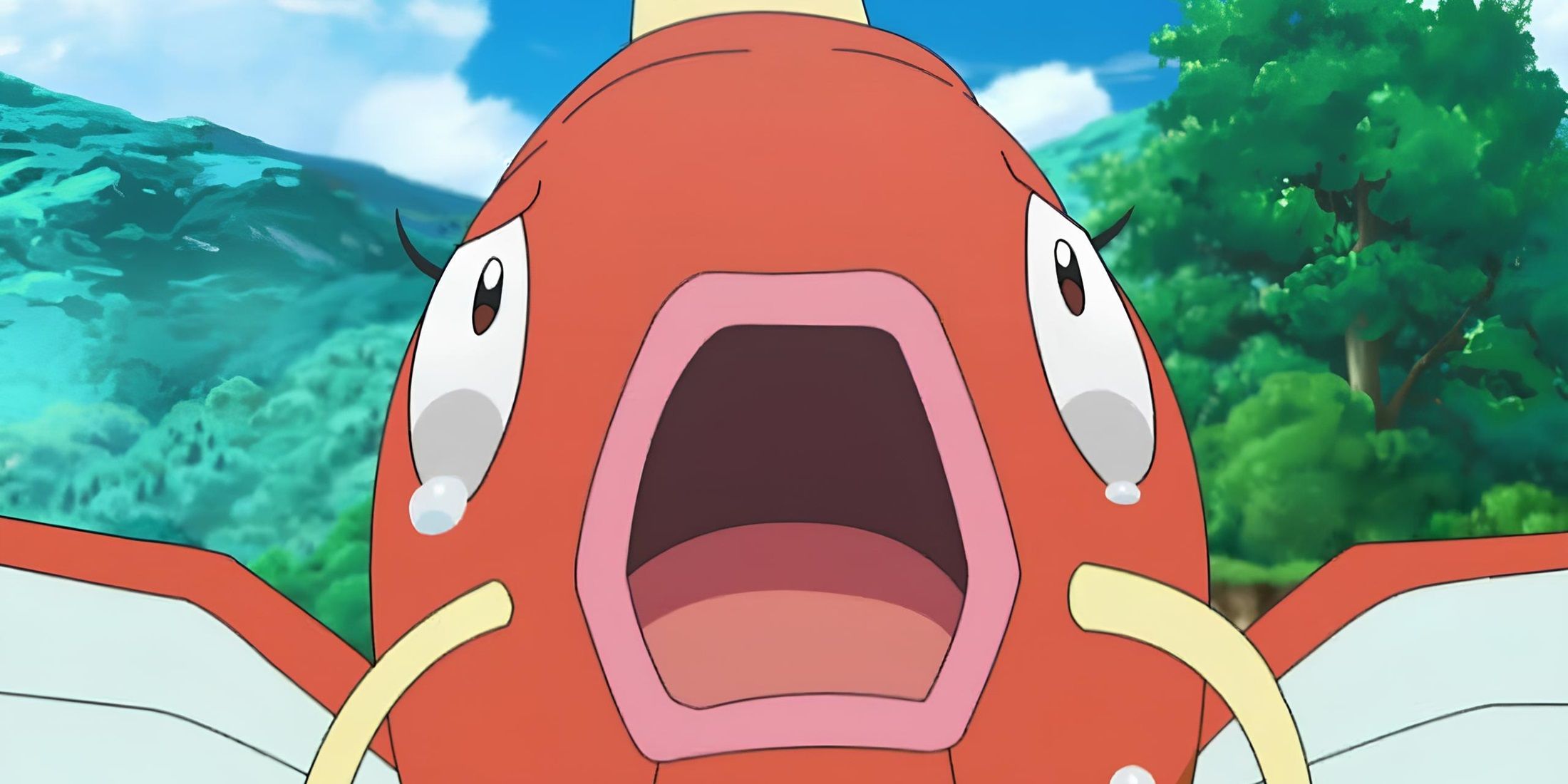
Related
5 Defenseless Enemies in Video Games
These video game foes are largely incapable of attacking the player under the right circumstances.
In these contexts, sometimes the “villains” are just as evil, but need to be defeated in a way that doesn’t directly revolve around confronting them. Here are some examples of video games where there are still villains to defeat, but not through any sort of physical violence.
5
Ace Attorney
Beat Them In Court
-

OpenCritic
-
Top Critic Rating:
82/100
- Released
-
February 7, 2012
- OpenCritic Rating
-
Strong
The Ace Attorney franchise is rooted in a mixture of mystery-solving and legal drama. The series and its quirky nature allow these aspects to fully come alive in the visual novel format. Villains in the series are often murderers and their accomplices, making use of a legal system that is unfairly biased towards the prosecution to get away with their crimes. Sometimes these can even overlap with the prosecution themselves.
The villains are beaten when the proper evidence to identify them as the culprit is uncovered. Afterward, the audience is treated to a simultaneously comedic and dramatic breakdown as the murderer loses it on the stand. It is also worth noting that in this game, the usage of brute force at all is typically the mark of either a villain or merely an antagonistic figure. In the initial Ace Attorney, Phoenix Wright repeatedly lost evidence by directly confronting the culprits outside of court. He was punched, hit with a stun gun, and even had the mafia called to separate him from his evidence.
After the first game, most prosecutors are also prone to the usage of “weapons” in court, starting with Franziska Von Karma in Justice For All, who will whip anyone who frustrates her. While these attacks are no doubt frustrating and painful for defense attorneys, they show that physical violence is largely futile in the court of law, as these characters almost always end up either losing their cases, being sentenced for their crimes, or sometimes both.
4
Dr. Robotnik’s Mean Bean Machine
Pulverize Through Puzzles
- Developer: Compile Corporation
- Publisher: Sega
- Released: December 1993
Competitive puzzle games can at times be a single-player experience. This is typically accomplished by giving the player character CPU enemies to solve puzzles against. Oftentimes, the player’s puzzle-solving prowess is put to the test against their enemies, as the player’s solutions will directly impede their opponents, and vice versa.
One such example potentially familiar to western audiences is Dr. Robotnik’s Mean Bean Machine. This game is a reskin of Puyo Puyo, itself a spinoff of a popular Japanese series known in the west as Sorcery Saga. Mean Bean Machine largely uses Sonic the Hedgehog characters, namely Scratch, Grounder, and Robotnik, and other villains who appeared in Adventures of Sonic the Hedgehog in place of the cast of Puyo Puyo. That said, the protagonist, Has Bean, is a direct copy of Carbuncle, the mascot from Puyo Puyo. Competitive takes on single-player puzzle-solving standards such as Tetris are also widely available.
3
Mario Super Sluggers
Baseball-based Battles
Mario Super Sluggers
- Developer(s)
-
Namco Bandai , NOW Production
- Publisher(s)
-
Nintendo
While real-life sports “villains” do exist and are potential enemies in sporting games, villains from the Super Mario series may be more recognizable to certain gamers. One instance of such a game is Mario Super Sluggers, a baseball classic featuring a number of Mario characters, including many who aren’t often playable in the mainline series. In addition to exhibition matches, where the player can select an ever-expanding roster as more unlockables come out, a story mode (referred to as Challenge Mode) also exists.
This mode is not only an alternative way to unlock the characters but also has a few villains of its own. Bowser is the leader, per usual. Challenge Mode begins with Bowser Jr. and his goons (including some who seemingly defect to other teams after the opening) crashing into the Baseball Kingdom, where the various fields exist, and adding one of his own. Mario recruits various other players, including four team captains, to build up a team to defeat the offending newcomers.
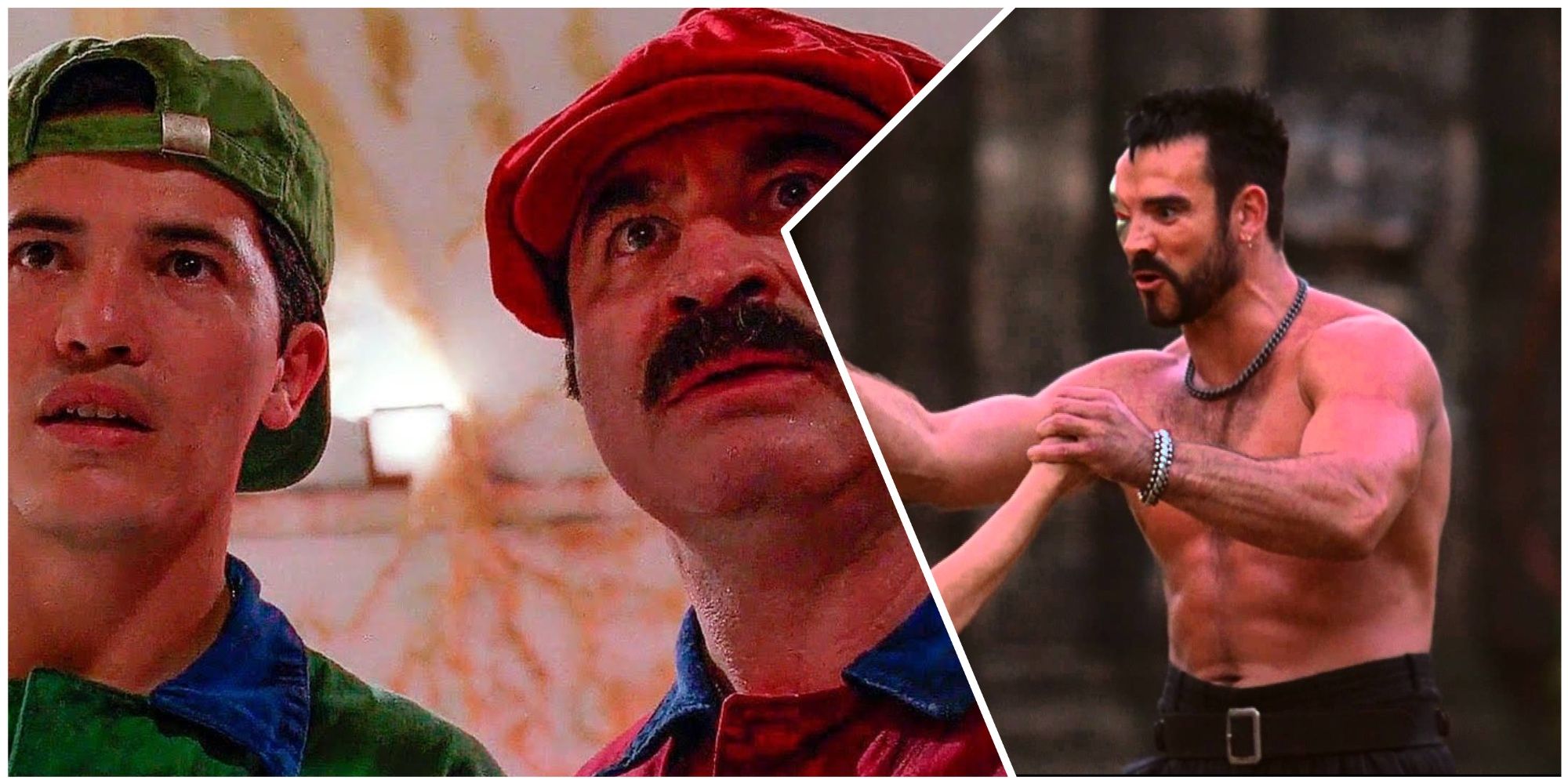
Related
5 Movie Adaptations That Affected The Games
These movie adaptations are credited with influencing aspects of the series they are adapted from.
Oftentimes, these players have challenges that need to be completed to secure their own recruitment (hence the mode’s name), after which they are usually playable. After gathering the right team to defeat Jr., his father arrives and the team must defeat a new incarnation of Jr.’s team, where Bowser acts as the captain. Additional antagonists also exist, such as King K. Rool and a handful of kremlings who serve him appearing in DK Jungle. Ultimately, even the “villains” can be recruited for regular play in Challenge Mode, but Bowser and his team, the Bowser Monsters, will always be available to face. Although many characters have special attacks designed to damage or hinder opponents, the way to “defeat” the opposition has more to do with loading the bases and scoring home runs.
Other Mario sports and party games also use this motif, where the player defeating the villain is based on competitive prowess rather than direct combat; however, the two often overlap somewhat in these kinds of games.
2
Super Monkey Ball
Features The Occasional Antagonist
This popular Sega series is a platformer, where one rotates their playable character (who is often, but not exclusively, a monkey or some other sort of simian) in a ball to collect bananas and reach the goal at the end of the platform. The franchise has built up a cast of characters since its start, with the six most common ones being AiAi, MeeMee, GonGon, Baby, Doctor, and YanYan. The series has a number of additional playable characters, including the occasional guest character such as Sonic the Hedgehog or Kazama Kiryu, or other monkeys who tend to have more sporadic appearances.
Villains, while present, are arguably not entirely necessary to the Super Monkey Ball experience. GonGon played the role of the main antagonist in the original game but has since been a consistent friend to AiAi. One notable villain is Dr. Bad-Boon, an evil scientist from the future, who debuts in Super Monkey Ball 2. Bad-Boon was attracted to MeeMee, but she was already married to AiAi, with Baby, their time-traveling child, having also been born.
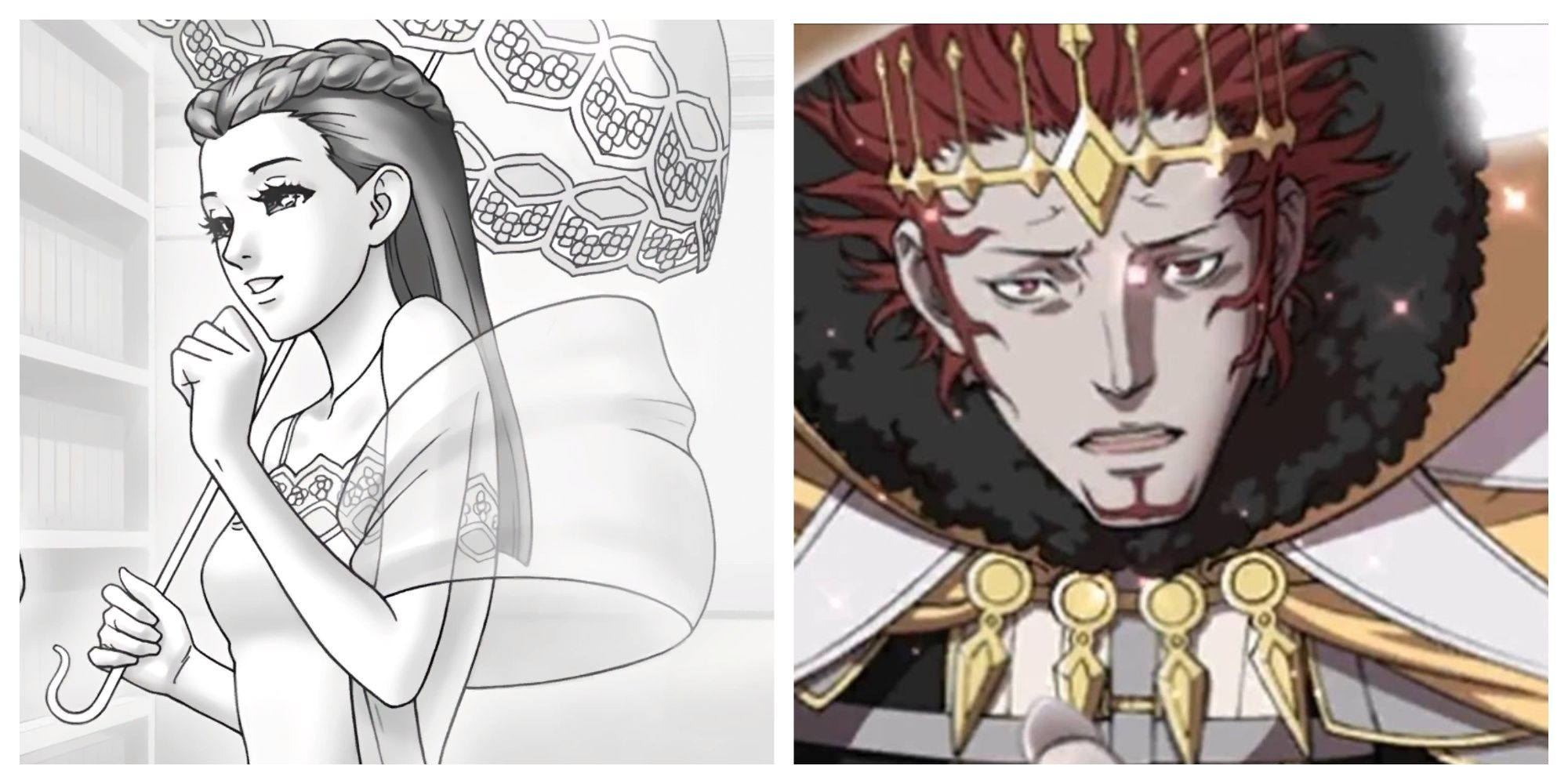
Related
5 Video Game Villains Who Romance The Heroes
Through various means, these villains can become involved with the hero.
In an effort to sabotage their romance, Bad-Boon travels back in time to terrorize AiAi and his friends in a misguided effort to earn the love of MeeMee. Bad-Boon tends not to interact as directly with the gameplay; he is instead shown intermittently within cutscenes between the levels, as AiAi and his companions put a stop to him. His schemes tend to deviate from his original goal of earning MeeMee’s love, with him attempting to shrink down and eat the heroes, and trying to cast a spell that makes all bananas taste like curry, among other bizarre crimes. Ultimately, the player can “beat” him by clearing the final level.
Antagonists that are more directly interacted with appear in other games in the series, such as Super Monkey Ball: Banana Blitz, where each world is topped off with a boss fight where the player has to damage the boss without getting knocked off themselves.
1
Amnesia: The Dark Descent
There Are Enemies, You Just Can’t Attack Them
Survival Horror
Indie Games
Adventure
Action
Puzzle
- Released
-
September 8, 2010
When done properly, survival horror is just as scary of a genre as its title implies. Amnesia: The Dark Descent is one such example. Beyond the puzzle-solving elements, the “horror” is directly transplanted into the gameplay. Daniel is incapable of directly attacking monsters, and in most instances, one would be wise to evade them. Daniel’s health does not allow him to take many hits from the monsters, so he commonly has to avoid their line of sight, if he cannot hinder them.
This too comes with its challenges, as Daniel’s apparent nyctophobia (or fear of the dark) decreases his sanity, which can cause him to hallucinate enemies that aren’t really there, or even die in harder difficulties. Although Amnesia is at the very least beatable, the gameplay will never allow you the satisfaction of destroying the otherworldly monsters or the darkness itself for good. That said, both can be temporarily countered with resources found throughout the game.
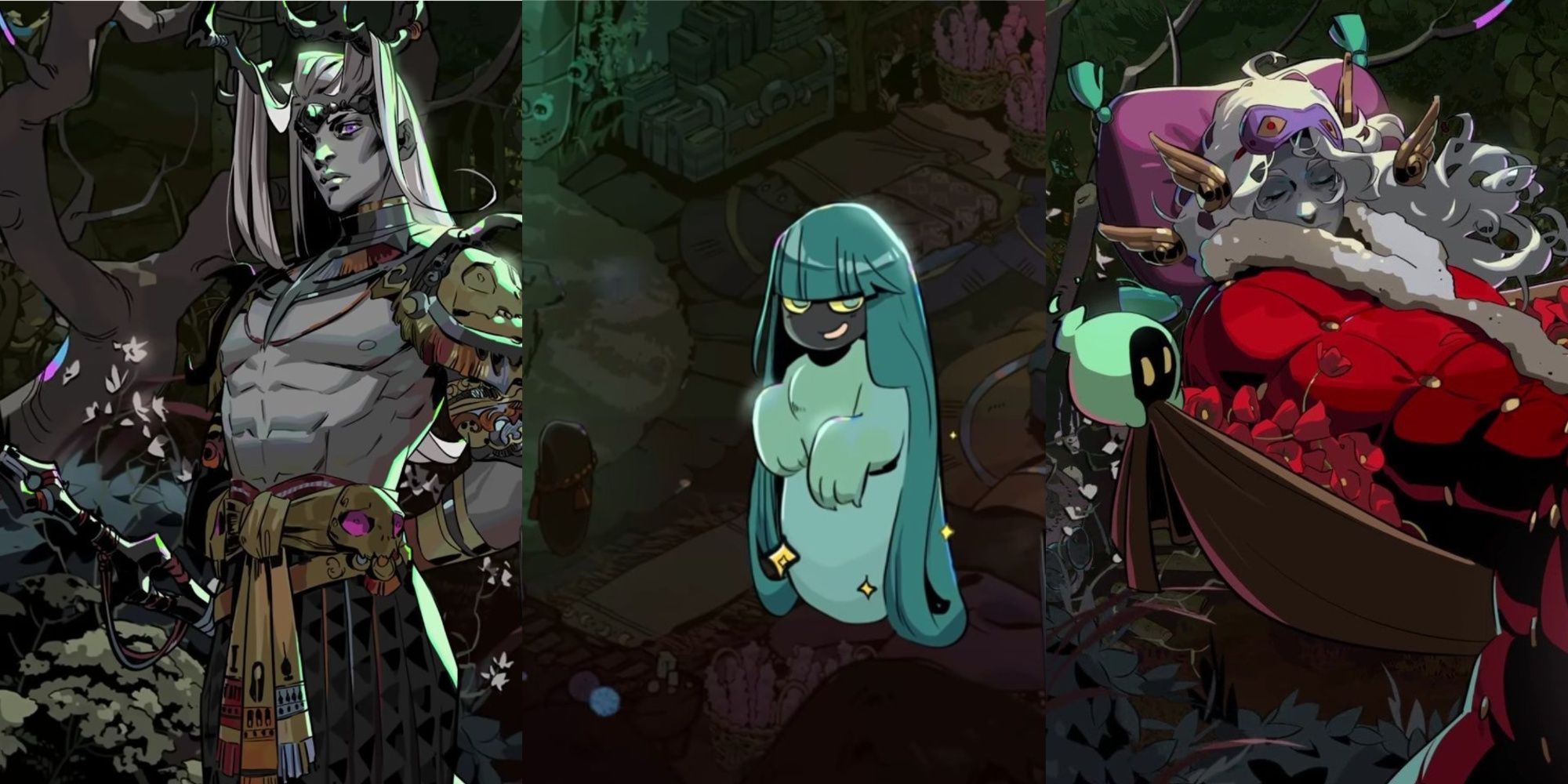
More
Hades 2: 5 Most Teased Events For the Full Release
A list of events that may or may not be fated for Hades 2.
Source link
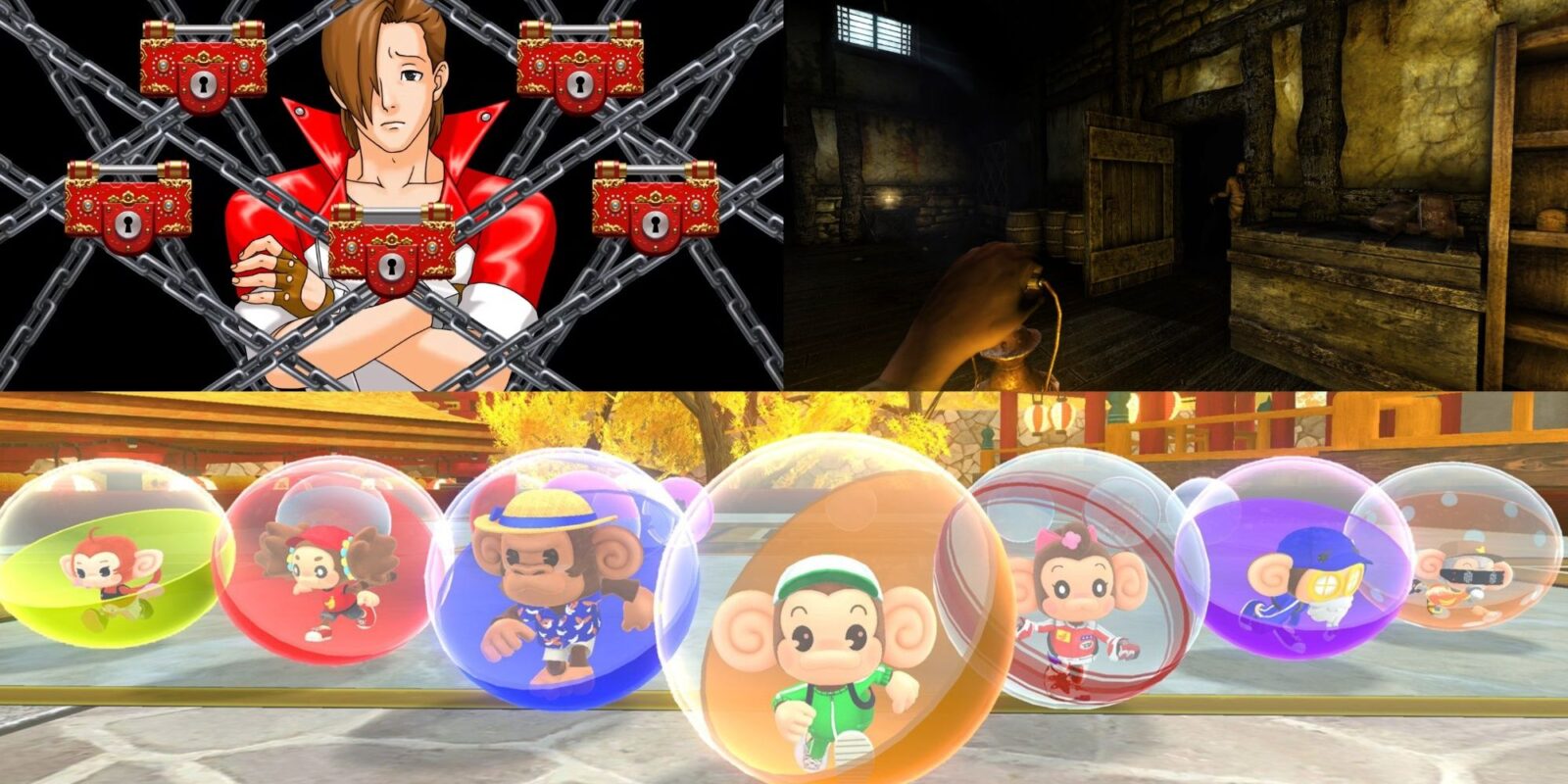
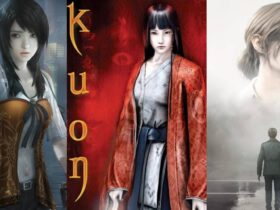
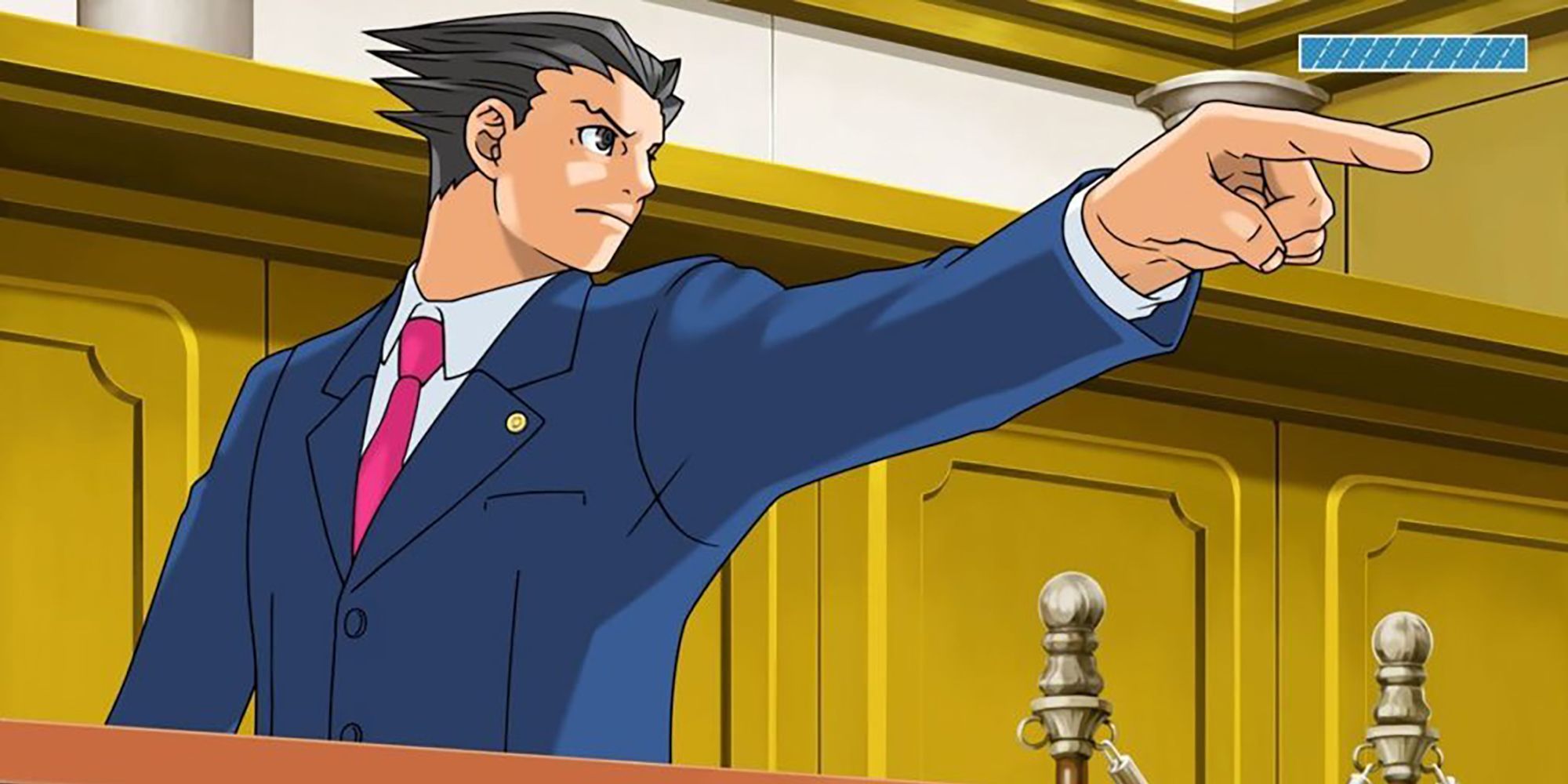
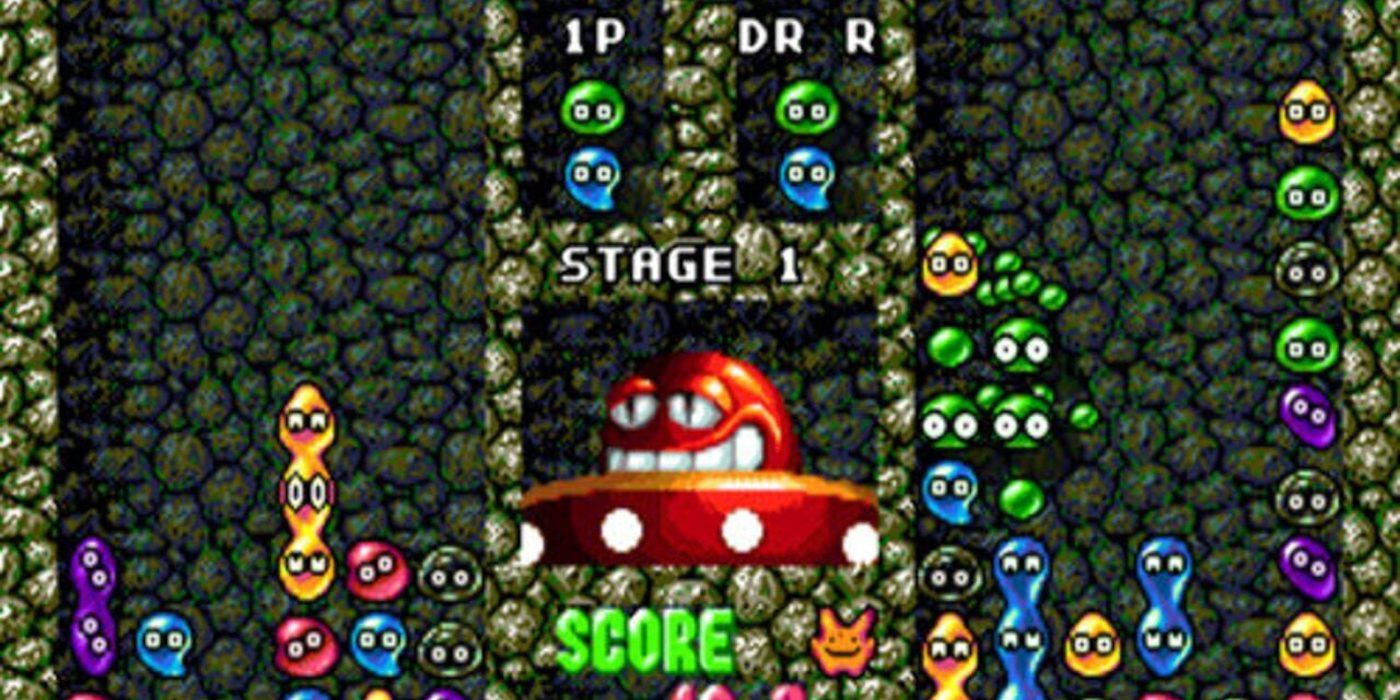
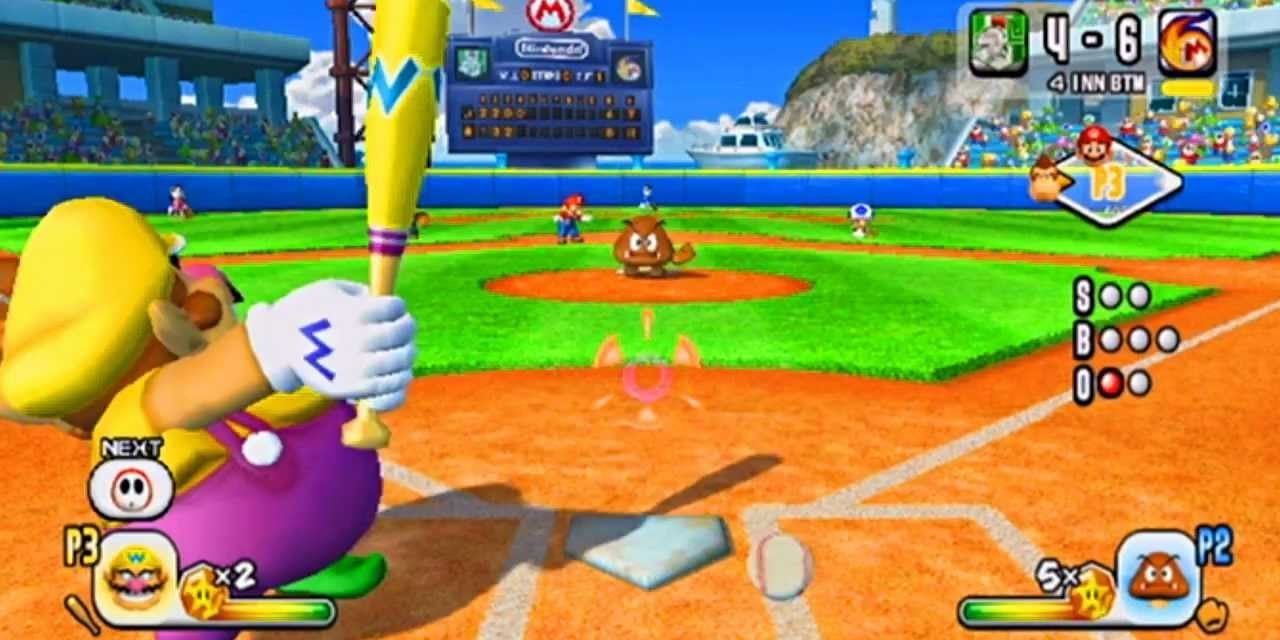
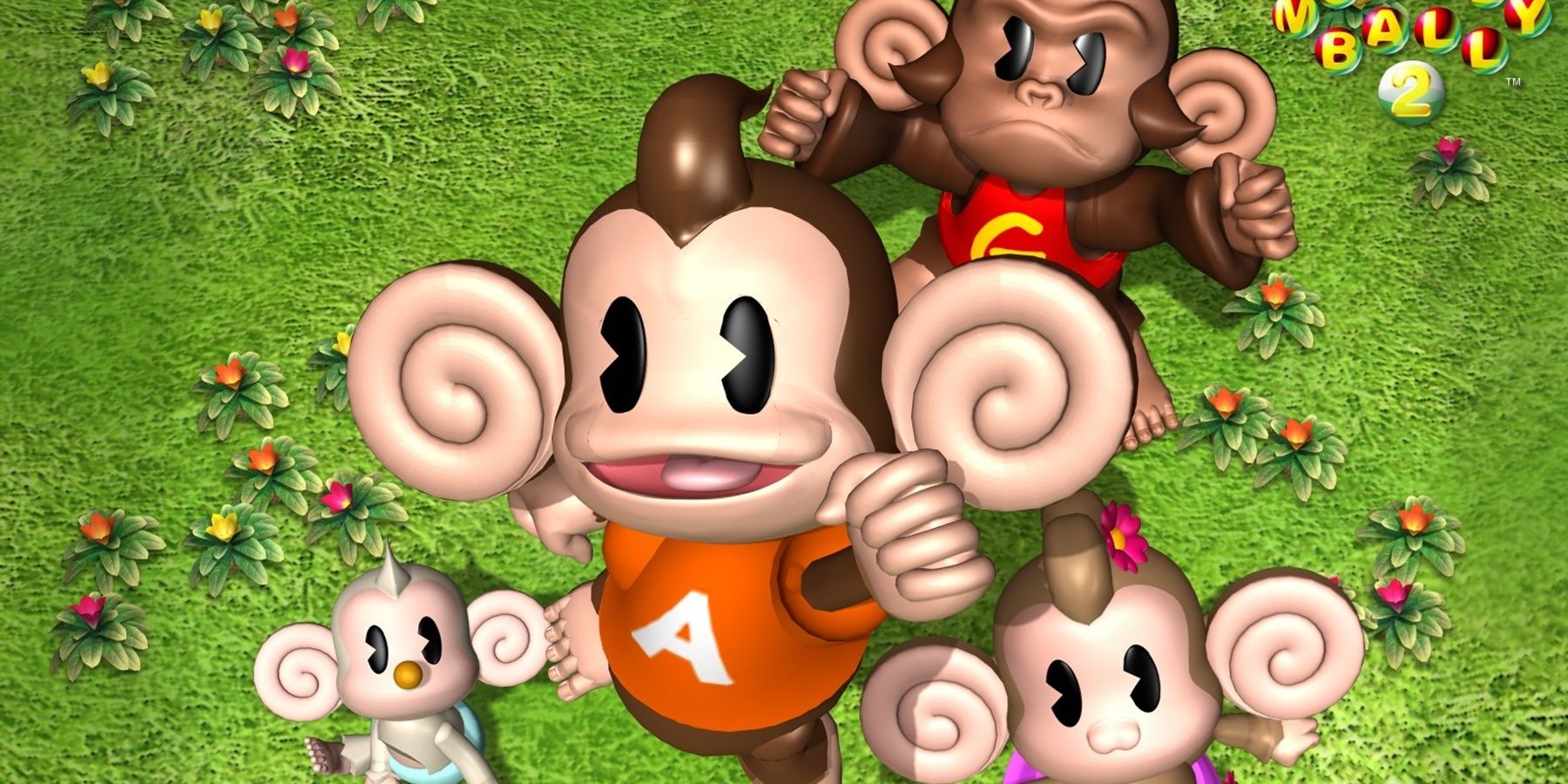
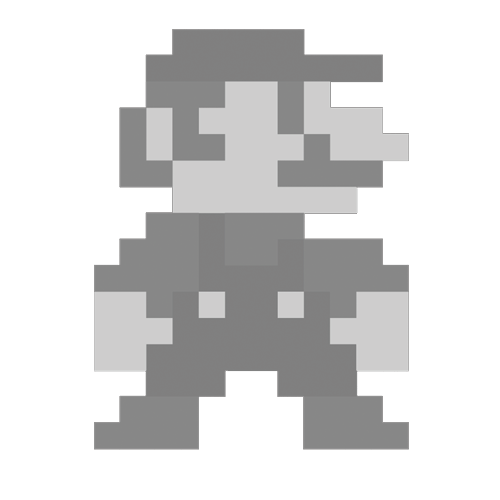
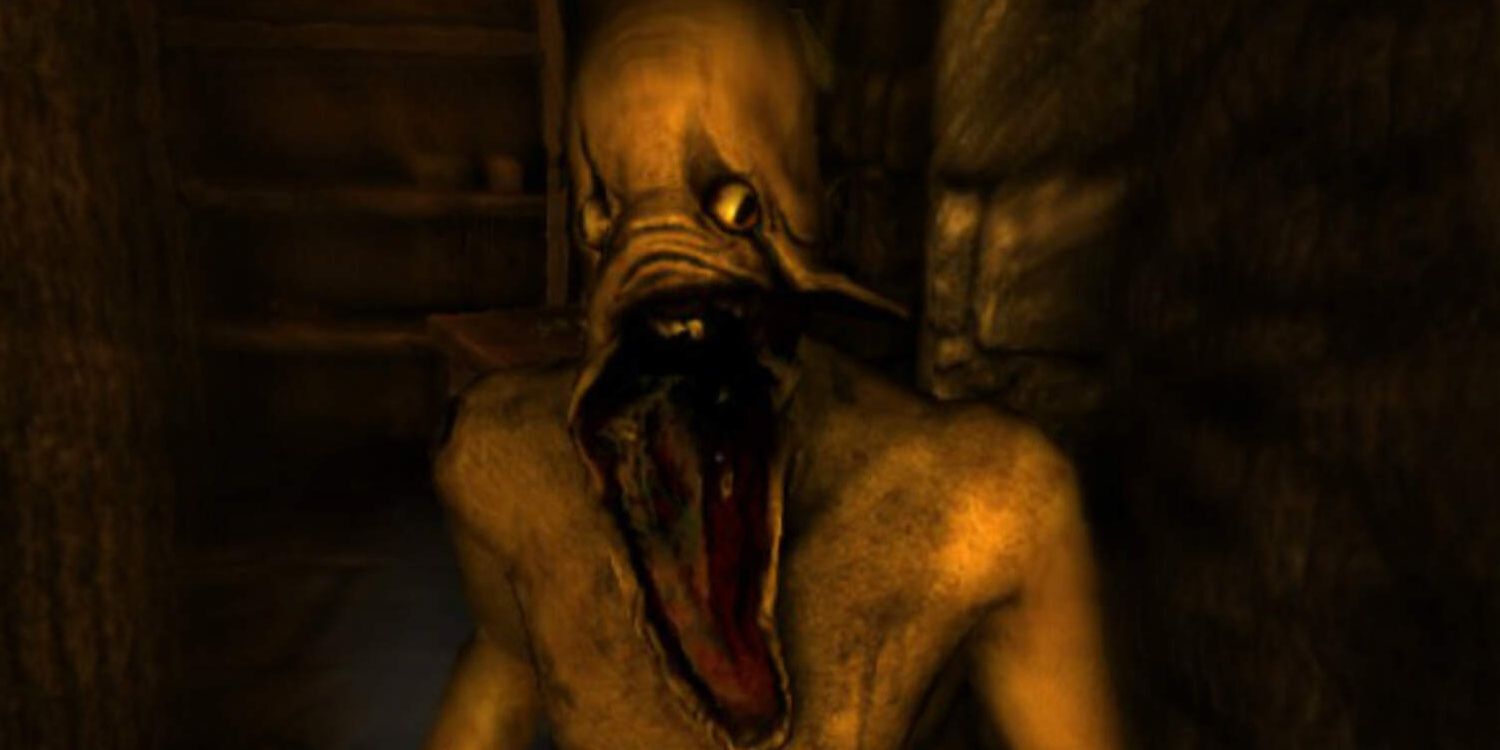






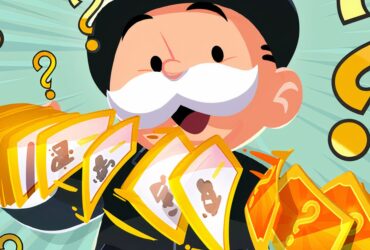


Leave a Reply